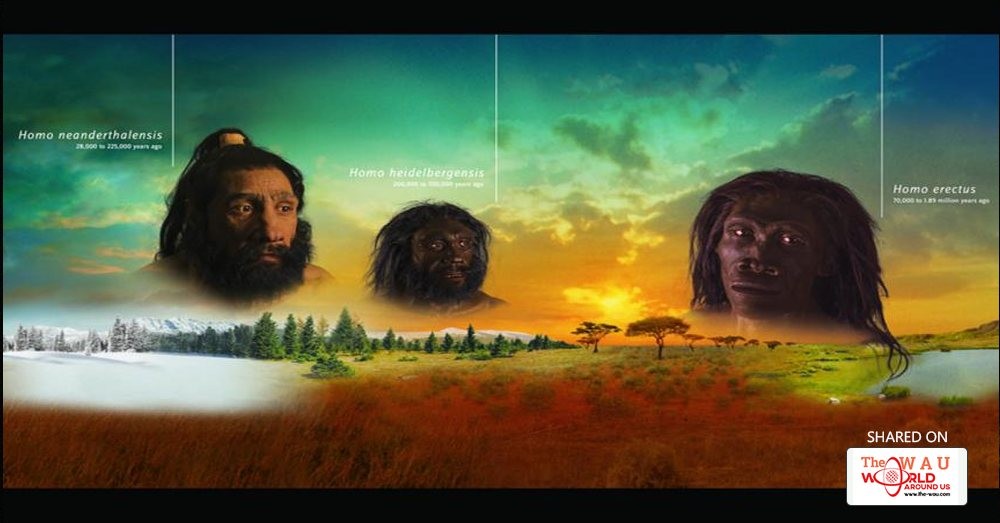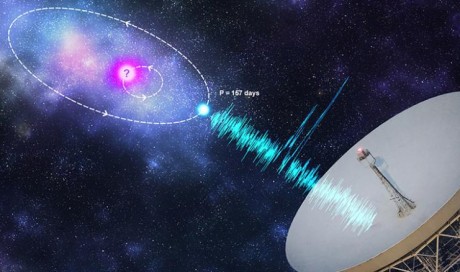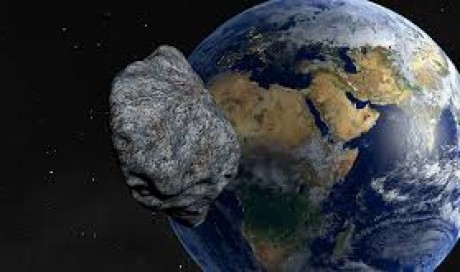This article explores the hypothesis that key human adaptations evolved in response to environmental instability. This idea was developed during research conducted by Dr. Rick Potts of the Smithsonian’s Human Origins Program. Natural selection was not always a matter of ‘survival of the fittest’ but also survival of those most adaptable to changing surroundings.
Climate Fluctuation
Paleoanthropologists – scientists who study human evolution – have proposed a variety of ideas about how environmental conditions may have stimulated important developments in human origins. Diverse species have emerged over the course of human evolution, and a suite of adaptations have accumulated over time, including upright walking, the capacity to make tools, enlargement of the brain, prolonged maturation, the emergence of complex mental and social behavior, and dependence on technology to alter the surroundings.
The period of human evolution has coincided with environmental change, including cooling, drying, and wider climate fluctuations over time. How did environmental change shape the evolution of new adaptations, the origin and extinction of early hominin species, and the emergence of our species, Homo sapiens? (‘Hominin’ refers to any bipedal species closely related to humans – that is, on the human divide of the evolutionary tree since human and chimpanzee ancestors branched off from a common ancestor sometime between 6 and 8 million years ago.)
How do we know Earth’s climate has changed? How quickly and how much has climate changed? One important line of evidence is the record of oxygen isotopes through time. This record of δ18O, or oxygen stable isotopes, comes from measuring oxygen in the microscopic skeletons of foraminifera (forams, for short) that lived on the sea floor. This measure can be used as an indicator of changing temperature and glacial ice over time. There are two main trends: an overall decrease in temperature and a larger degree of climate fluctuation over time. The amount of variability in environmental conditions was greater in the later stages of human evolution than in the earlier stages.

Ten-million-year record of oxygen stable isotopes, measured in foraminifera recovered from deep-sea sediment cores, illustrates that global ocean temperature and glacial ice varied widely over the past 6 million years, the period of human evolution. The δ18O measurement is the ratio of the heavier 18O isotope and the lighter 16O, which is more easily evaporated from the ocean and sequestered in glacial ice on land. During the course of human evolution, the overall δ18O trend has been toward a cooler, glaciated world. However, the amplitude of oscillation also increased beginning around 6 Ma, and became even larger over the past 2.5 Ma. Evolution of the genus Homo and of the adaptations that typify H. sapiens were associated with the largest oscillations in global climate. Icons: (a) hominin origins, (b) habitual bipedality, (c) first stone toolmaking and eating meat/marrow from large animals, (d) onset of long-endurance mobility, (e) onset of rapid brain enlargement, (f) expansion of symbolic expression, innovation, and cultural diversity.
Organisms and Environmental Change
All organisms encounter some amount of environmental change. Some changes occur over a short time, and may be cyclical, such as daily or seasonal variations in the amount of temperature, light, and precipitation. On longer time scales, hominins experienced large-scale shifts in temperature and precipitation that, in turn, caused vast changes in vegetation – shifts from grasslands and shrub lands to woodlands and forests, and also from cold to warm climates. Hominin environments were also altered by tectonics – earthquakes and uplift, such as the rise in elevation of the Tibetan Plateau, which changed rainfall patterns in northern China and altered the topography of a wide region. Tectonic activity can change the location and size of lakes and rivers. Volcanic eruptions and forest fires also altered the availability of food, water, shelter, and other resources. Unlike seasonal or daily shifts, the effects of many of these changes lasted for many years, and were unexpected to hominins and other organisms, raising the level of instability and uncertainty in their survival conditions.
Many organisms have habitat preferences, such as particular types of vegetation (grassland versus forests), or preferred temperature and precipitation ranges. When there’s a change in an animal’s preferred habitat, they can either move and track their favored habitat or adapt by genetic change to the new habitat. Otherwise, they become extinct. Another possibility, though, is for the adaptability of a population to increase – that is, the potential to adjust to new and changing environments. The ability to adjust to a variety of different habitats and environments is a characteristic of humans.

Three possible outcomes of population evolution in environmental dynamics typical of the Plio-Pleistocene (left). The ability to move and track habitat change geographically (narrow lines) or to expand the degree of adaptive versatility is important for any lineage to persist. Extinction occurs if species populations have specific dietary/habitat adaptations (i.e., a narrow band of ‘adaptive versatility’; highlighted bands) and cannot relocate to a favored habitat. In the hypothetical situation (right band) where adaptive versatility expands, migration and dispersal may occur independently of the timing and direction of environmental change. The evolution of adaptive versatility is the impetus behind the variability selection idea, which is explored later in this article.
Adaptation to Change
There are many ideas about the role of the environment in human evolution. Some views assume that certain adaptations, such as upright walking or tool-making, were associated with drier habitat and the spread of grasslands, an idea often known as the savanna hypothesis. According to this long-held view, many important human adaptations arose in the African savanna or were influenced by the environmental pressure of an expanding dry grassland.
If key human adaptations evolved in response to selection pressure by a specific environment, we would expect those adaptations to be especially suited to that habitat. Hominin fossils would be found in those environments and not present in diverse types of habitat.
The Variability Selection Hypothesis
A different hypothesis is that the key events in human evolution were shaped not by any single type of habitat (e.g., grassland) or environmental trend (e.g., drying) but rather by environmental instability. This idea, developed by Dr. Rick Potts of the Human Origins Program, is called variability selection. This hypothesis calls attention to the variability observed in all environmental records and to the fact that the genus Homo was not limited to a single type of environment. Over the course of human evolution, human ancestors increased their ability to cope with changing habitats rather than specializing on a single type of environment. How did hominins evolve the ability to respond to shifting surroundings and new environmental conditions?

Over time (from left to right), new adaptations may evolve during periods of (A) relatively stable environment; (B) directional or progressive change, such as from wet to dry; or (C) highly variable habitat, as predicted by the variability selection hypothesis.
One way organisms can cope with environmental fluctuation is through genetic adaptation, where several alleles, or different versions of genes, are present in the population at different frequencies. As conditions change, natural selection favors one allele or genetic variant over another. Genes that can facilitate a range of different forms under different environments (phenotypic plasticity) can also help an organism adapt to changing conditions.
Another response to environmental change is to evolve structures and behaviors that can be used to cope with different environments. The selection of these structures and behaviors as a result of environmental instability is known as variability selection. This hypothesis differs from those based on consistent environmental trends. Environmental change in an overall direction leads to specializations for those specific conditions. But if the environment becomes highly variable, specializations for particular environments would be less advantageous than structures and behaviors that enable coping with changing and unpredictable conditions. Variability selection refers to the benefits conferred by variations in behavior that help organisms survive change. To test the variability selection hypothesis, and to compare it with habitat-specific hypotheses, Potts examined the hominin fossil record and the records of environmental change during the time of human evolution.
If environmental instability was the key factor favoring human adaptations, new adaptations would be expected to occur during periods of increased environmental variability, and these adaptations would have improved the ability of early human ancestors to deal with habitat change and environmental diversity.
Overall, the hominin fossil record and the environmental record show that hominins evolved during an environmentally variable time. Higher variability occurred as changes in seasonality produced large-scale environmental fluctuations over periods that often lasted tens of thousands of years. The variability selection hypothesis implies that human traits evolved over time because they enabled human ancestors to adjust to environmental uncertainty and change. The hypothesis addresses the matter of how, exactly, adaptability can evolve over time.
...[ Continue to next page ]
Share This Post















